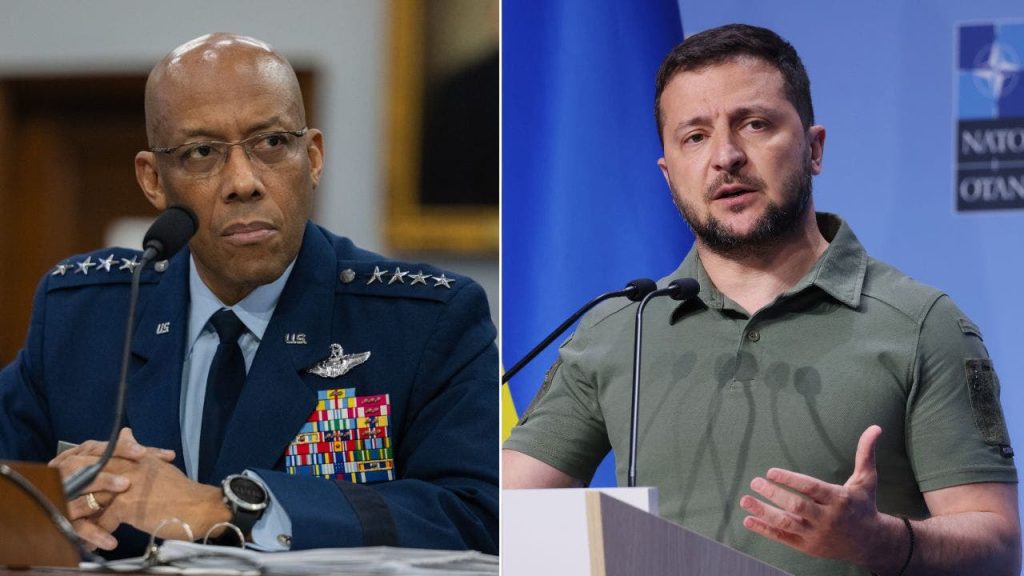Gen. Charles Brown, the Chairman of the Joint Chiefs of Staff, has stated that NATO military trainers will likely be sent to Ukraine soon to support the country as it fights against Russian offensives in various regions such as Kharkiv, as well as in the east and south. Ukrainian officials have requested assistance in training 150,000 new recruits closer to the front lines to enable faster deployment. Manpower has been a longstanding issue for Ukraine’s military, as it faces a larger and better-equipped adversary. To address this, stricter measures for draft evasion have been implemented, and the draft mobilization age has been adjusted. President Volodymyr Zelenskyy is seeking help from the West to train these new recruits.
The decision to deploy trainers could potentially pull the U.S. and Europe deeper into the conflict between Russia and Ukraine. While U.S. leaders have made it clear that they will not send troops to Ukraine, deploying trainers could still pose risks. Brown has highlighted concerns that protecting trainers could divert resources from safeguarding Ukrainian infrastructure near the battlefield. An attack on trainers might also trigger NATO obligations under Article 5 of the North Atlantic Treaty, potentially leading to the U.S. being dragged into the war. This situation draws parallels to past conflicts, such as the U.S. involvement in Vietnam, where military advisors were initially sent before further escalation.
It remains uncertain which NATO countries are considering sending military trainers to Ukraine, as well as the specifics of the deployment in terms of numbers and duration. In February, French President Emmanuel Macron hinted at the possibility of European Union member states sending troops to Ukraine in response to Russia’s invasion. The recent Russian offensive in Kharkiv region has escalated tensions, prompting thousands to flee their homes. Simultaneously, Russia has been making advances in the Donetsk region, intensifying the conflict and placing more pressure on Ukraine’s military forces. The situation has entered a critical stage for Ukraine as its army faces significant challenges.
In light of these developments, Ukraine recently launched its largest-ever kamikaze drone attack on Russia, causing casualties and an oil refinery fire in the Black Sea. The attack occurred while Russian President Vladimir Putin was visiting China, underscoring the ongoing military actions and tensions in the region. The conflict in Ukraine continues to evolve, with both sides engaging in aggressive tactics and maneuvers. The prospect of NATO military trainers being deployed to Ukraine adds a new dimension to the conflict, raising concerns about the potential consequences and risks involved. The situation underscores the complexities and challenges of the ongoing conflict between Russia and Ukraine, with implications for global security and stability.


